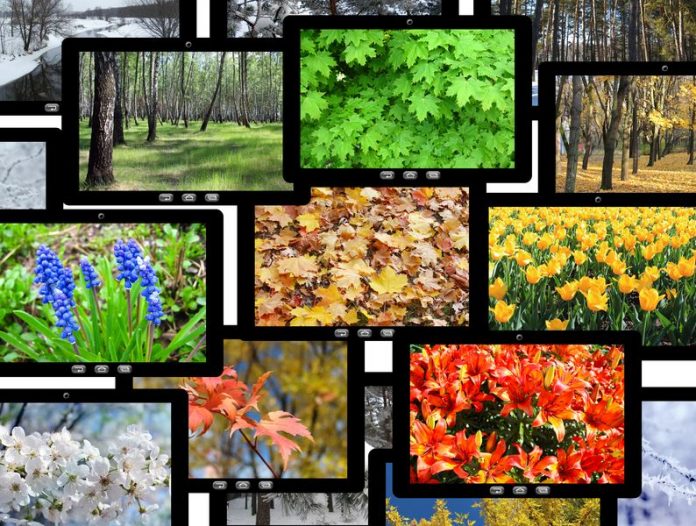The digital image format depends on the kinds of pictures that a photographer wants to shoot. The more popular image formats are JPEG, TIFF, and RAW. You can try each of them to understand the differences between them.
JPEG is the most commonly used format because it offers several advantages. It provides high-quality images that can be used on websites and transferred as e-mail attachments with ease.
It can be written at the fastest speed from the buffer memory of the digital camera to the memory card. It allows the maximum number of images to be stored on the camera or on the computer hard disk.
It also offers a high level of compatibility and its images can be used immediately without any processing.
However, JPEG is called a “lossy” format because it loses image quality with an increase in the compression level. Each time you use JPEG to modify an image, it will lose quality.
You can only modify the image once or twice because after that it loses too much quality and is not worth using. JPEG images may not offer as much clarity as RAW and TIFF images due to compression.
Yet, JPEG provides very good images and small files. It is used by many photographers who have learned how to use it to take excellent photos, despite its drawbacks.
The TIFF format is used by those photographers who do not want to lose picture data on account of compression.
With TIFF you can alter the images any number of times without any loss of image quality. The images don’t need any processing and can be used at once. It normally does not use compression and offers very good compatibility for the publishing industry.
The downside is that TIFF files are very large because there is no compression and they require a lot of storage space.
You will need to get high-capacity memory cards and hard disks to store these large files. They also take a lot of time to transmit and can end up choking e-mail boxes.
The processing of the image in the camera is also slower, due to which you cannot take many pictures quickly.
The RAW format is the choice of photography enthusiasts who like to make large prints. It allows you to modify the image to get the highest level of quality possible with the digital camera.
The digital camera preserves all details of the image and does not manipulate any aspect. It also allows full control over the image, which can be converted to the JPEG or RAW format, if needed.
The drawbacks of RAW include big image files that require a lot of storage space, though the requirement is less than that of TIFF.
RAW is only compatible with the publishing industry if it is converted into another format. It needs to be pre-processed through the use of special proprietary software. A new RAW format called DNG (Digital Negative) has been launched by Adobe.

